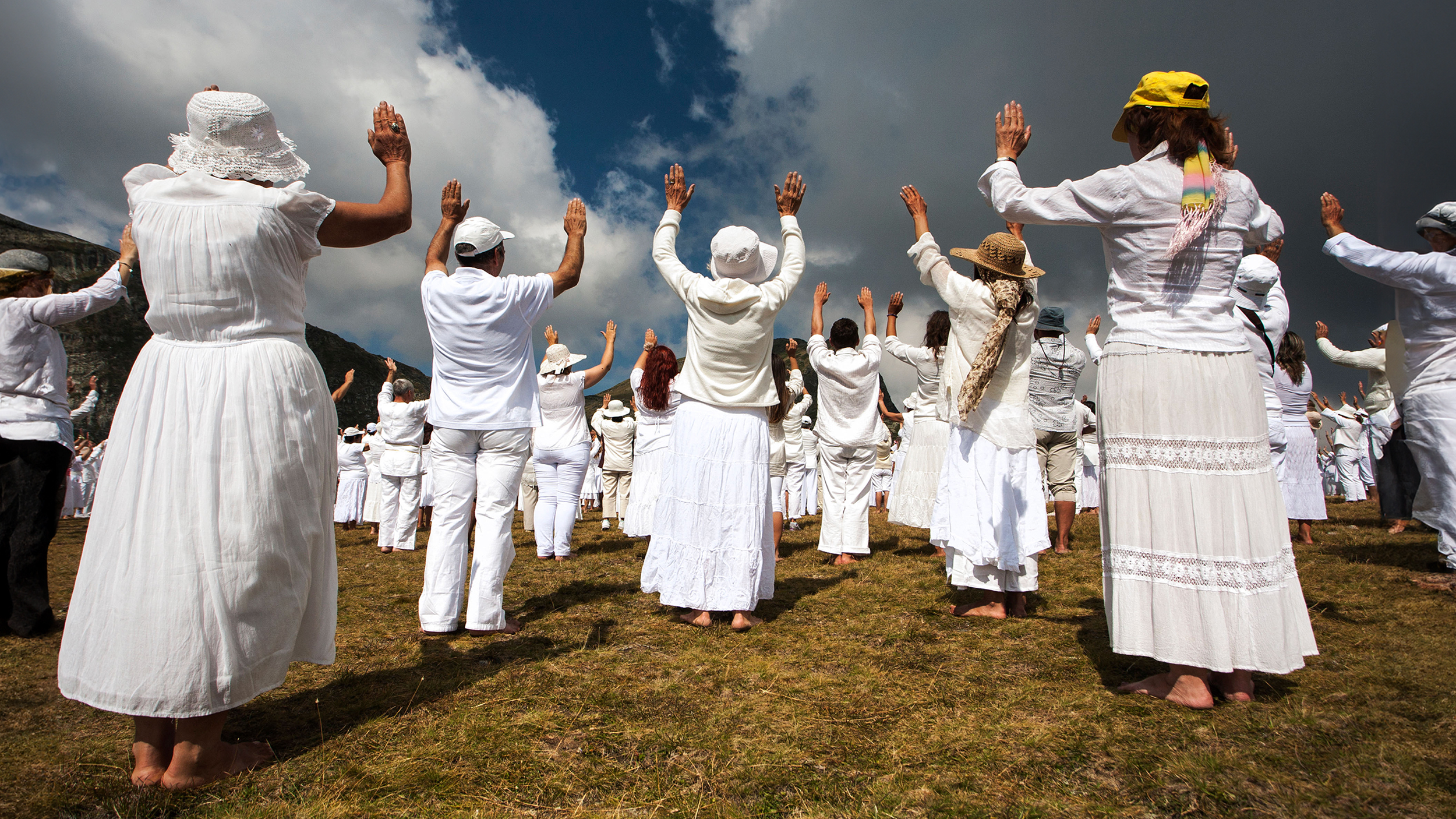Sometimes the best models are real people, Price says.
Question: What inspired your characters?
Richard Price: They say that the fact that if something really happens or a person really exists, that’s the defensive and mediocre novelist. In fact, there were a couple of real-life models, especially the police. There was a guy who used to be a robbery sergeant in the 7th Precinct who then became a homicide sergeant and he was involved in one of these cases, these sort of culture clash homicides. He sort of walked me through it and coached me through it. Then just by osmosis, I sort of picked up his demeanor and his personality for the catching detective. His partner, this Puerto Rican woman, Yolanda Bellows, is sort of based on his real-life partner. She was this sort of brilliant projects girl who was the A-#1 interrogator of the universe. She did it by transforming herself into the big sister/girlfriend/mother that these kids never had and she could make herself tear up on cue. She could talk to them like they were still back in the projects. She’d feel so freaked out for them and they loved her and told her anything she wanted to know. In fact, she even had a guy confess to the murder not because he did it, but because he thought it would help her career. She’s the only detective I know who still gets fan letters from prisons all around New York State saying “Yo, you said you were going to come visit me.” Both of them are fairly charismatic people. Other characters in the book are that whole world of 22 year olds. Sometimes I get criticized that I didn’t give them a break, I made them too self centered. But I think I was basically writing about how 22 year olds perceive the world. It is all about you. I have two kids, not that I used them for research, but my kids knew the Lower East Side better than I did five years ago because they knew where to go not to get carded; they knew where to hear music; they knew what clubs to meet their friends at; they could get into places that wouldn’t even look at me twice. What they didn’t know was that their great grandfather lived 100 yards from the Knitting Factory and was being put in the back of a paddy wagon because he just beat somebody up for money so his mother could pay rent. What I realized is a lot of these kids have made a full circle over five generations, that their family started out here maybe 1890/1900/1910 and here it is 2005/2006/2007 and they’re back down in the same neighborhood. I remember when I got a loft about a block or two above Houston and my grandfather was still alive. I said “You’ve got to come down and see this great place I have,” and he wouldn’t come. He said “What, are you mocking me? I spent my whole life trying to get out of there.” I couldn’t explain to him “No, no, no, it was different.” It was like trying to tell somebody “You’ve got to come back to Auschwitz. It’s really hip now.” It was a brutal place. It was a hell of a place. The whole point of the Lower East Side was to succeed because you didn’t have to live there anymore.
Recorded On: 3/3/08





